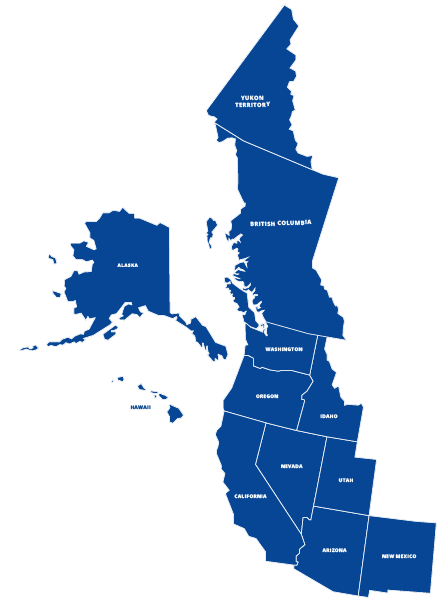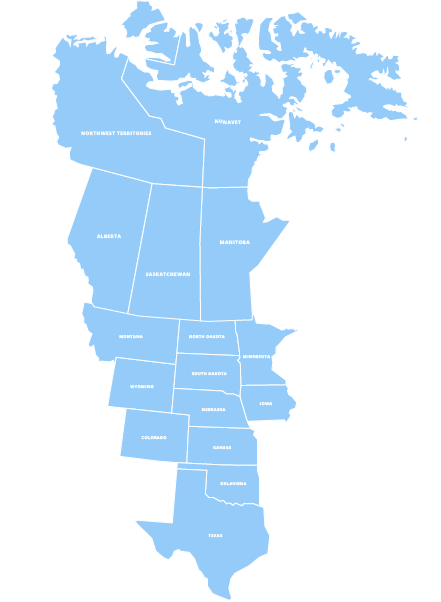Creating a clean, safe shelter environment is the baseline. Supporting mental and emotional wellbeing is what helps animals thrive. That’s where kennel enrichment comes in.
Enrichment doesn’t need to be complicated. With the right accessories and a little planning, you can reduce stress, encourage natural behaviors, and support smoother adoptions — all from within the existing kennel setup.
Let’s take a look at the most effective enrichment strategies using kennel accessories, and how shelters can incorporate them into daily routines without overwhelming staff or resources.
Start with the Kennel Environment Itself
A shelter kennel doesn’t have to feel like a holding cell. With just a few simple changes, it can become a more calming and comfortable place for the animals inside.
The first step is creating a sense of structure and privacy. Just like people, animals benefit from clearly defined space. Dog room dividers help split the kennel into resting and elimination areas, which supports natural habits and creates a cleaner environment. This small shift can reduce anxiety and help animals feel more in control of their surroundings.
You’ll also want to minimize overstimulation. Bright lights, loud echoes, and nonstop activity can all contribute to stress. Room dividers, sound-reducing panels, and thoughtful kennel placement can make a big difference in creating a quieter, less chaotic atmosphere.
Rotate Sensory Experiences to Keep Animals Engaged
Shelter animals often suffer from sensory deprivation. Adding small doses of new smells, textures, and sounds throughout the week keeps their minds active and helps prevent kennel stress.
Here are a few enrichment tools that are easy to rotate in and out:
- Chew toys and treat puzzles (rotated every few days to stay novel)
- Scented towels or toys (lavender, chamomile, and other calming scents)
- Soft music or calming playlists (played at a low volume to soothe anxiety)
This kind of low-effort, high-impact enrichment helps animals cope better with shelter life — and often makes them more adoptable by encouraging relaxed, responsive behavior.
According to the ASPCA’s enrichment guidelines, regular sensory stimulation plays a critical role in reducing stereotypic behaviors like pacing, spinning, and barking.
Support Cleanliness Without Sacrificing Enrichment
One of the challenges shelters face is balancing enrichment with sanitation. Toys get chewed. Bedding gets soiled. Items in the kennel have to be easy to clean or replace, or you risk burnout from constant maintenance.
That’s where high-quality, easy-to-disinfect accessories come in. Prioritize materials like stainless steel and sealed rubber, and choose designs that hold up to repeated cleaning without degrading. Items like food puzzles, tethered enrichment feeders, and lick mats mounted to the kennel wall offer stimulation without creating extra mess.
Even basic tools like a dog bathing hose can be used as part of an enrichment plan, turning bath time into a bonding activity that provides sensory stimulation and human interaction.
Use Feeding Time as a Mental Workout
Feeding doesn’t have to be a passive event. Turn mealtime into a brain game by using puzzle feeders, frozen food toys, or scattering kibble throughout a kennel’s rest area to encourage foraging.
Feeding-based enrichment is especially helpful for high-energy dogs and those who struggle with barrier reactivity. It gives them something productive to focus on and builds confidence through problem-solving.
Make sure food enrichment is part of your daily enrichment schedule. Rotate tools and delivery methods so animals don’t become bored or frustrated.
Build an Enrichment Routine That Fits Your Team
Enrichment is most effective when it’s consistent. But in a busy shelter, consistency can be a challenge. The solution is to create simple, flexible routines that work within the flow of daily care.
Here’s a quick example of a weekly rotation plan:
- Monday: Scented towels in kennels
- Tuesday: Puzzle feeders at lunch
- Wednesday: Music or calming sounds
- Thursday: Tug toys or chew sessions
- Friday: Treat scatter or training sessions
- Saturday: Bath time with extra towel time for comfort
- Sunday: Frozen Kongs or lick mats
You don’t need a big budget or extra staff. Just a few minutes a day can make a measurable difference in behavior and overall well-being.
Make the Most of Your Kennel Setup
Every kennel holds potential for better care. With the right accessories and a little creativity, you can reduce stress levels, support positive behaviors, and create a better experience for animals waiting to be adopted.
If your team is looking to upgrade your kennel environment or add new enrichment options, we’re happy to help you design a setup that works. Contact us for guidance on kennel accessories, layouts, and animal care solutions that support both your staff and the animals you serve.
At Direct Animal, our pet care experts design and manufacture durable and easy-to-clean dog kennels, cat condos, and other state-of-the-art equipment made to last the life of your business. Whether you’re a vet, luxury boarding facility, animal shelter, or doggy daycare, rely on us for animal care equipment that is ergonomic, hygienic, and affordable.




